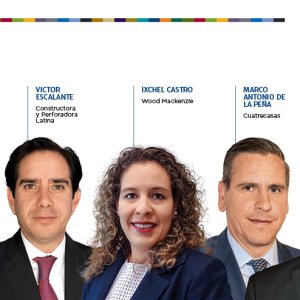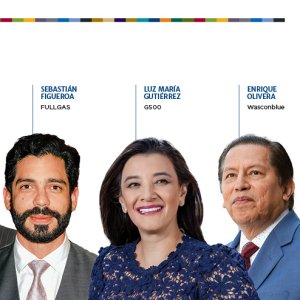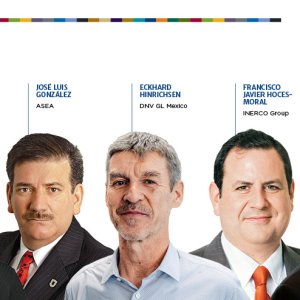
The Future of Urban Mobility
To kick off the panel for the subject of the future of urban mobility, Moderator Arturo Zapata, Executive President of Zapata Corporation asked architect Luis Enrique Fuentes, the mastermind behind the planning of the capital’s mobility evolution, to explain the Secretariat of Mobility’s vision. “The city has broken several paradigms. On July 2014, with the publication of the Mobility Bill of Mexico City, pedestrians gained a new position and soon pedestrian mobility will be a human right,” Fuentes explained.
Mexico’s capital is the third largest city in the world with more than 1,100km of roads. This year, the Metrobús system will conclude its sixth line, surpassing other cities in the world and achieving international awareness. According to Fuentes, the Mobility Bill is not politics against cars, but simply new considerations for its usage.
Panelist Ricardo Weder, CEO of Cabity Mexico, then argued that there is an excess of vehicles in the cities and that budgets are no longer enough to address this problem. “Technology has lots of proposals but it is also a matter of general culture, we want to let people know that it is no longer necessary to own a car and the solution is to use all the existing alternatives,” Cabify Mexico’s CEO explained.
Diego Solórzano, Director General of Carrot explained that car sharing started more than 40 years ago in Switzerland and is a common mobility alternative in more developed countries. He also explained that the automotive industry will change the view of cars, helping them to become more of a service than a need.
Panelist Luis Enrique Fuentes then mentioned that for 2050 more than 70% of the population will be concentrated in cities, but in the meantime, there are more than 22 million daily trips in Mexico City, with 45% of those being within the public transportation system. Eugenio Paci, Government Relations Senior Corporate Manager of Navistar Mexico, said that if Mexico City were to replace the 25,000 old microbus fleets then the accident rate would certainly lower and pollution might diminish. “Bus manufacturers work together with the government and aid carriers with leasing and other financing solutions,” Paci said.
Navistar’s manager then explained that while the use of natural gas for vehicles faces problems, there is a future advantage for this technology. “Natural gas is 60% cheaper than diesel and 40% cleaner,” Paci said. Weder intervened and said that building more streets is not an actual mobility alternative, but what would really change the situation is there were fewer cars.
Finally, the DF government representative in the panel, Luis Enrique Fuentes, mentioned that demand for Ecobici has grown so that people can use it for 45 minutes instead of 30. Solórzano, founder of Carrot México then concluded by suggesting that there should be more incentives to make people change their mindset and transform the landscape of the cities to make them more livable.














